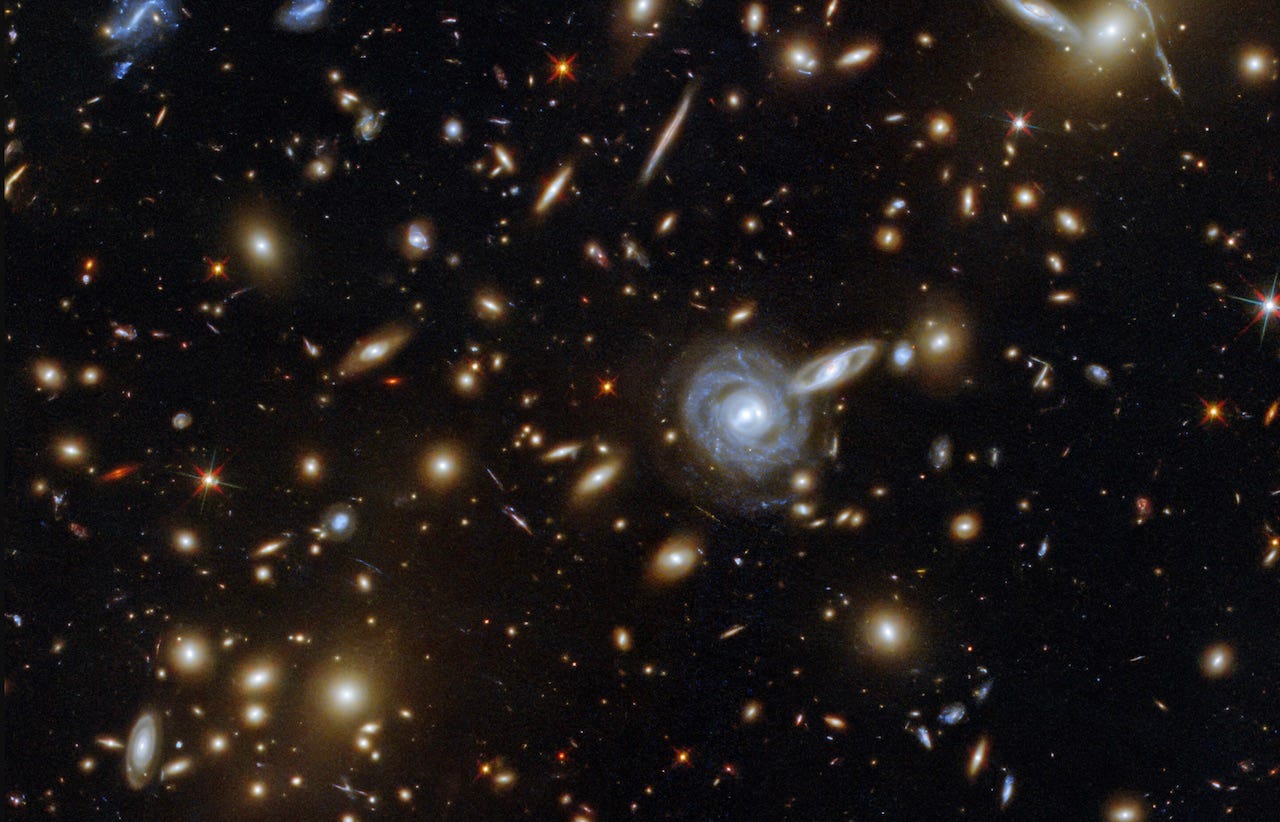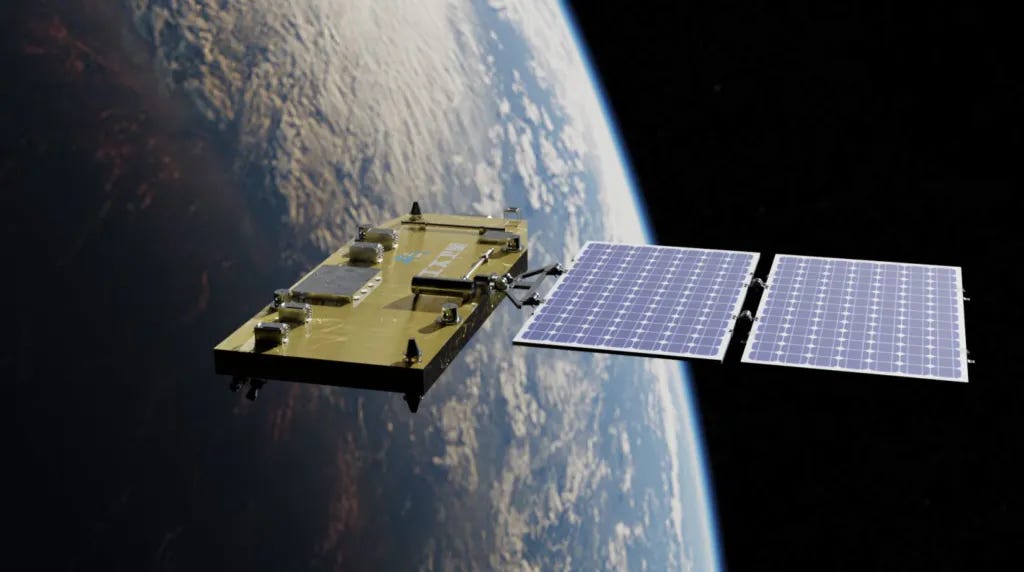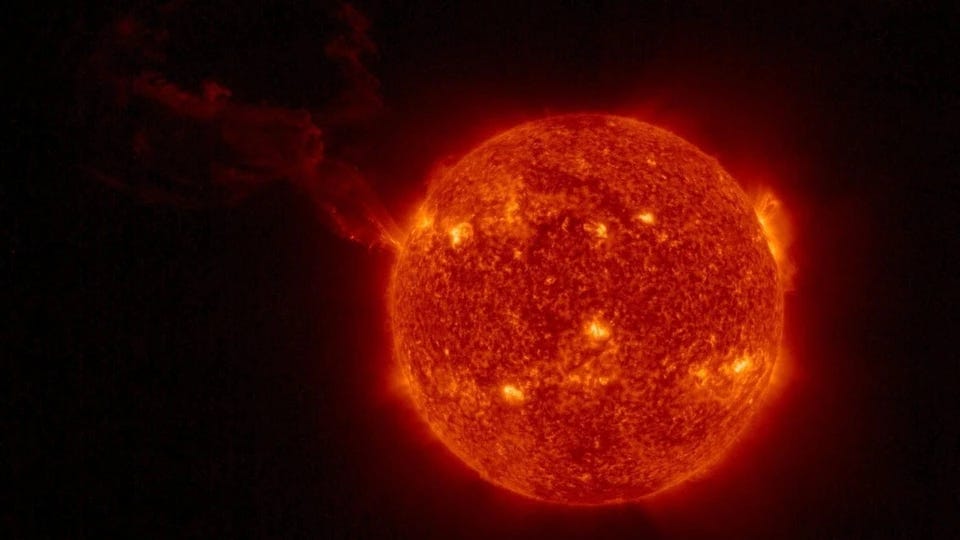Weekly - James Webb finds 700 new galaxies from the early stages of the universe and more
Weekly Space News - Quick and Easy
James Webb finds 700 new galaxies from the early stages of the universe
NASA’s James Webb Space Telescope (JWST) recently discovered over 700 new galaxies from one of the earliest stages of the universe. The sheer number of new galaxies discovered shows that there were far more galaxies during that period than we originally believed. It is believed that these galaxies were formed during the epoch of reionization. The epoch of reionization was a period in the universe’s life where it was just a few million years old. It was during this epoch that the first stars and galaxies formed thus illuminating the dark void of space with light
.
Astronomers observe star nearing chaotic death
A relatively nearby star is slowly inching toward a chaotic and violent end. The star called Wolf-Rayet 124 is located very close by (15,000 light-years away from the Earth) this gives us an almost real-time view of the star. The star is inching toward the end of its life and is getting more and more unstable by the minute. The star is approximately 25 times our sun’s mass and is going to end in a spectacular explosion called a supernova.
China launches experimental “stackable satellite”
Last week the China National Space Administration (CNSA) successfully launched its new satellite called Longjiang-3 into space. The new satellite is an experimental one designed and able to be stacked on top of one another. This new design will come in handy when launching large numbers of satellites into orbit since they can be stacked on each other and will thus take up less space. They are also much more cost-effective than regular satellites.
Massive solar flare causes blackouts on earth
As the sun is reaching the end of its 11-year cycle, it is becoming violent. The number of solar flares and solar storms just keeps increasing and last week, one such solar flare hit the earth and caused large blackouts in Mexico and parts of US. The solar flare was an M2.5 class solar flare.





